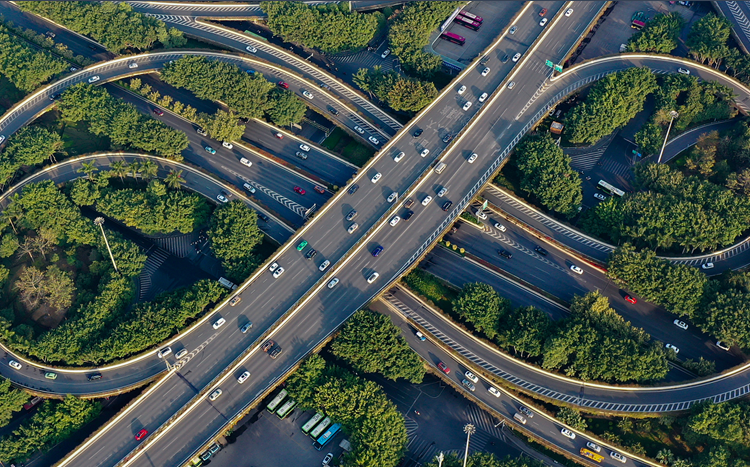China, ASEAN eye more opportunities brought by RCEP
Business leaders from China and the Association of Southeast Asian Nations are looking to further strengthen their cooperation and take the business opportunities brought by the Regional Comprehensive Economic Partnership agreement.
They made the remark in Nanning, Guangxi Zhuang autonomous region, during the ongoing 19th China-ASEAN Expo, which is themed on sharing new opportunities from the RCEP agreement and jointly advancing version 3.0 of the China-ASEAN Free Trade Area.
The expo, which opened on Friday and runs through Monday, is expected to help reinforce cooperation on the two sides' industrial and supply chains and enhance overall regional competitiveness, they said.
China COSCO Shipping Corp, the country's largest shipping company by sales revenue, said that it has seen continuous growth in trade volume with ASEAN since the RCEP agreement took effect on Jan 1.
"Shipping is a barometer of trade worldwide. The trade growth between China and ASEAN has been a highlight for us in a time when the global marine supply chain is greatly challenged by the COVID-19 pandemic," said Ge Heyue, deputy general manager of COSCO Shipping Lines Co.
"We have invested huge resources in Southeast Asia. We are firmly confident in the trade growth potential between China and ASEAN against the global economic slowdown," he said.
China has been ASEAN's largest trading partner for 13 consecutive years, and ASEAN became China's top trading partner in 2020, surpassing the European Union, according to the Ministry of Commerce.
From January to August, the trade volume between China and ASEAN reached $627.6 billion, up 13.3 percent year-on-year, while trade between China and other RCEP members grew 7.5 percent on a yearly basis, according to the General Administration of Customs.
Li Muyuan, secretary-general of the Beijing-based China Container Industry Association, has participated in the China-ASEAN Expo multiple times. She said that she has a strong feeling this year that delegates from ASEAN member states are exceptionally enthusiastic and confident in the business potential brought by the RCEP.
The RCEP comprises 15 Asia-Pacific countries, including 10 ASEAN member states. The pact is expected to eliminate as much as 90 percent of the tariffs on goods traded among its members over the next two decades.
ASEAN Secretary-General Dato Lim Jock Hoi said the RCEP could help mitigate supply chain risks while building a conducive business environment for the region to become more resilient against future challenges.
Clare Fearnley, New Zealand's ambassador to China, said that as New Zealand recovers from the impact of the COVID-19 pandemic and seizes new opportunities for exports and investment, the RCEP is a significant step forward for recovery and prosperity.
RCEP partners buy over half of New Zealand's total exports and provide more than half of its direct foreign investment, Fearnley said.
"The RCEP delivers a single set of rules covering all 15 markets, making trade simpler and reducing compliance costs for exporters, and fostering regional connectivity," Fearnley said.
Japan's Mitsubishi Corp said that since the RCEP took effect, it would be promising for Chinese and Japanese companies to continue to explore third-party cooperation.
For instance, if it were possible to combine the digital and smart industrial ecology of Chinese companies, Japanese companies' advantage in industrial chain management and the unique local experience of Southeast Asian enterprises, it would create win-win opportunities for the three sides and further promote industrial chain stability in this region, said Nakatsuka Junichiro, East Asia general delegate of Mitsubishi Corp.














